22+ Sample Medical School Letter of Recommendation
-
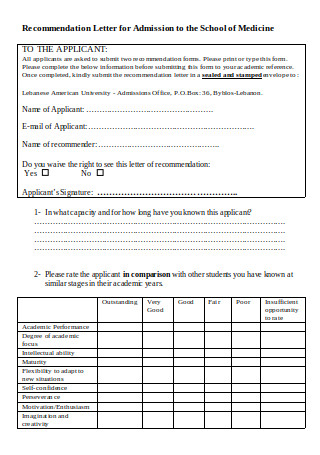
Recommendation Letter for Admission to School
-
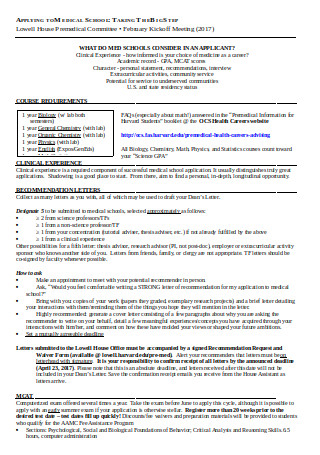
School Recommendation Letter
-
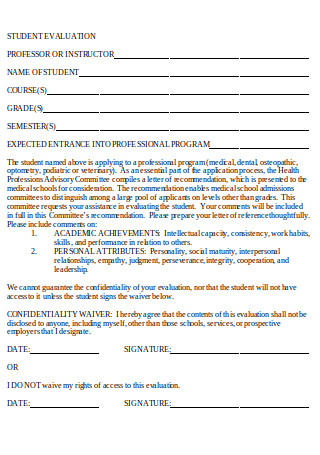
Letter of Recommendation for Admission
-
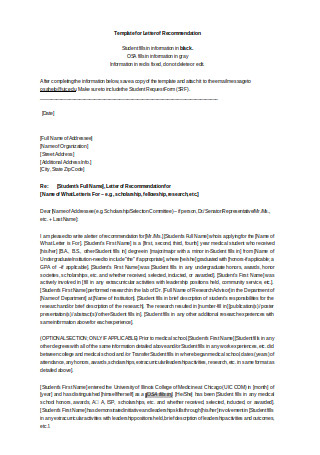
Letter of Recommendation
-
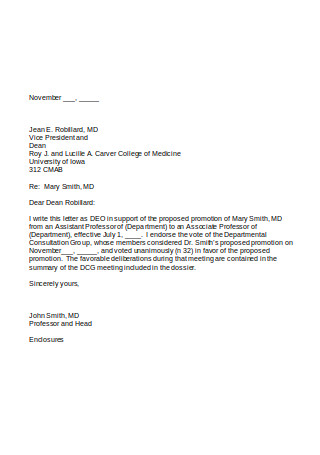
Medical Recommendation Letter
-
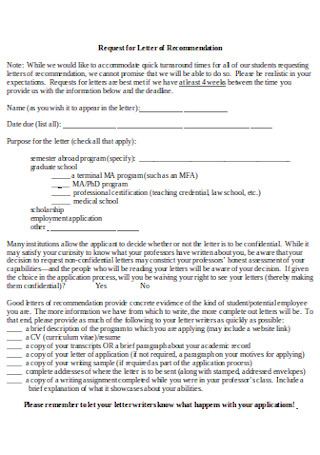
Request for Letter of Recommendation
-
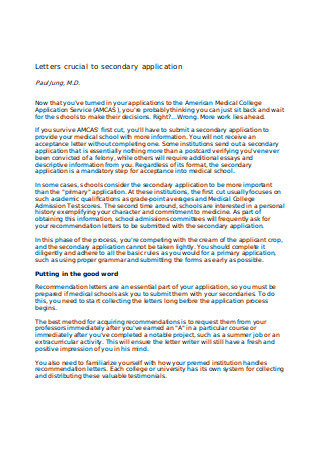
Letter for Crucial to Secondary Application
-
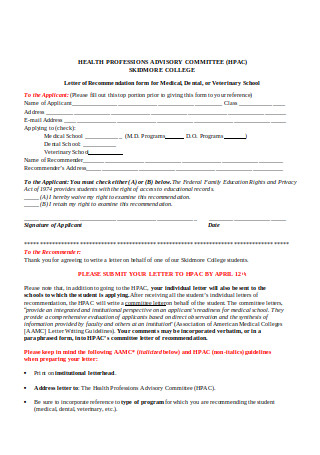
Letter of Recommendation Form for Medical
-
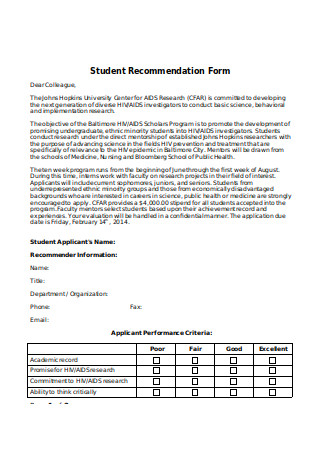
Recommendation Letter for Applicant
-
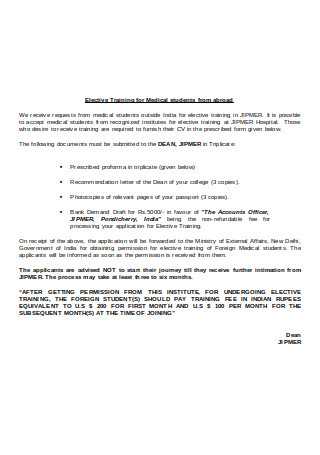
Recommendation Letter to Training for Medical Students
-
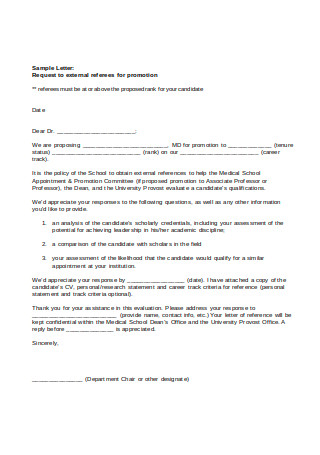
Sample Letter of Reference
-

Medical School Dean’s Letter
-
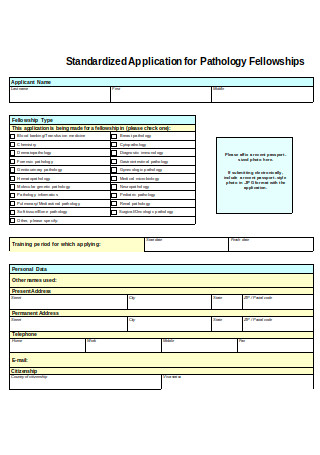
Application Letter of Recommendation
-
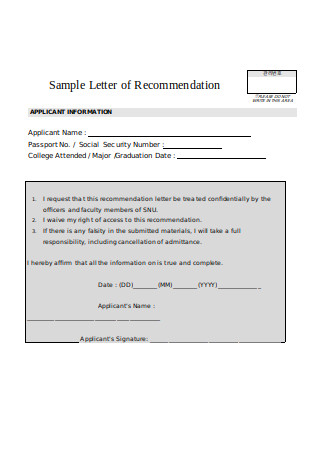
Sample Letter of Recommendation
-
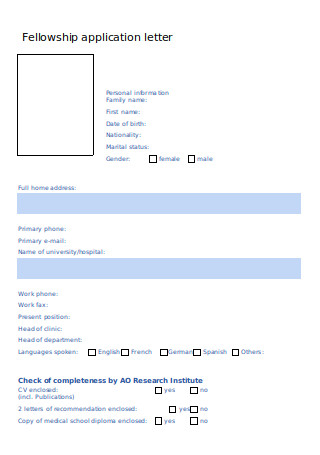
Sample Fellowship application Letter
-
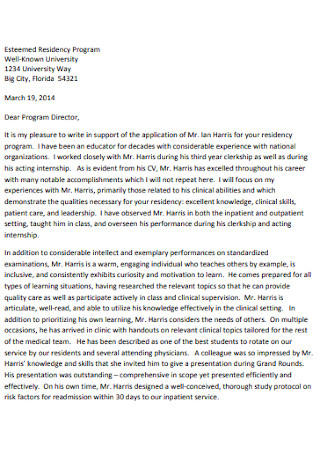
Supportive Letter of Recommendation
-
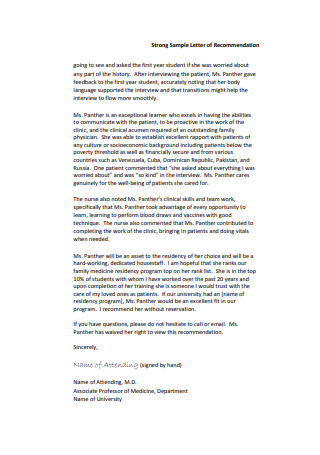
Strong Sample Letter of Recommendation
-
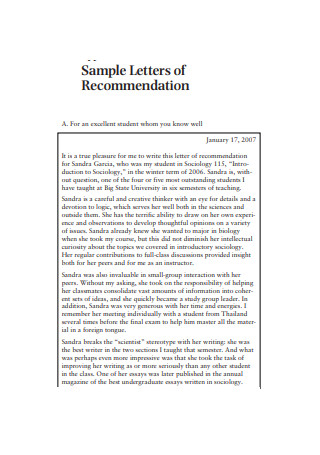
Sample Letter of Recommendation for Medical School
-
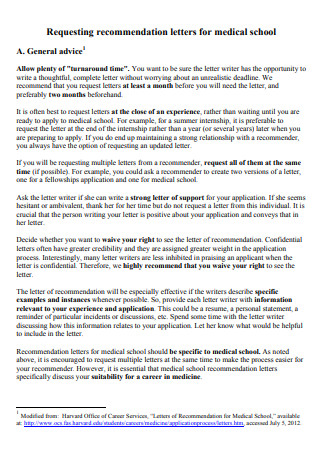
Requesting Recommendation Letters for Medical School
-
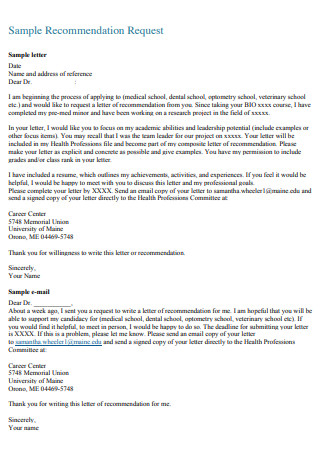
Sample Recommendation Letter Request
-
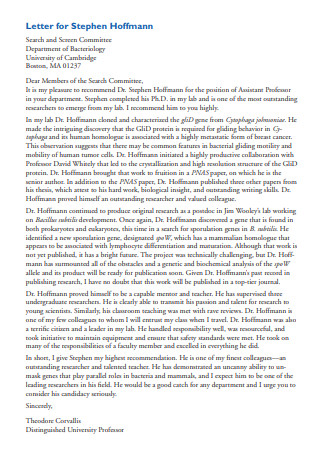
Written Recommendation Letter Sample
-
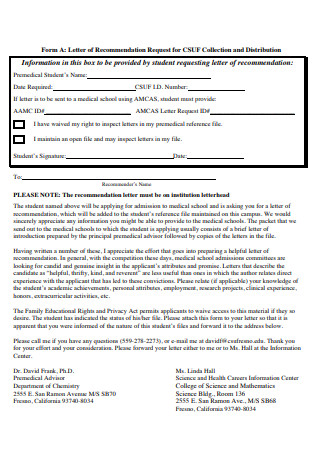
Student Requesting Letter of Recommendation
-
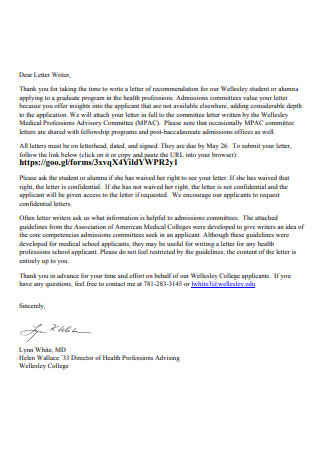
School Recommendation Letter Sample
FREE Medical School Letter of Recommendation s to Download
22+ Sample Medical School Letter of Recommendation
What Is a Medical School Letter of Recommendation?
The Types of Recommendation Letters
How to Write a Medical School Letter of Recommendation
The Dos and Don’ts of a Medical School Letter of Recommendation
“According to Harvard Medical School, 70% of the admissions class of 2022 will receive financial aid with an average scholarship of $49,500 and a unit loan of $33,950.”
“According to Harvard Medical School, 24% of the admissions class of 2022 will have underrepresented backgrounds in medicine and will range from 21 to 33 in age.”
“According to the UCLA Student Affairs Information & Research Office, the admission rate of medical students at UCLA grew from 45% in 2015 to just under 50% in 2017. Meanwhile, on a national level, the admission rate was just under 40% in 2015 to a little over 40% in 2017.”
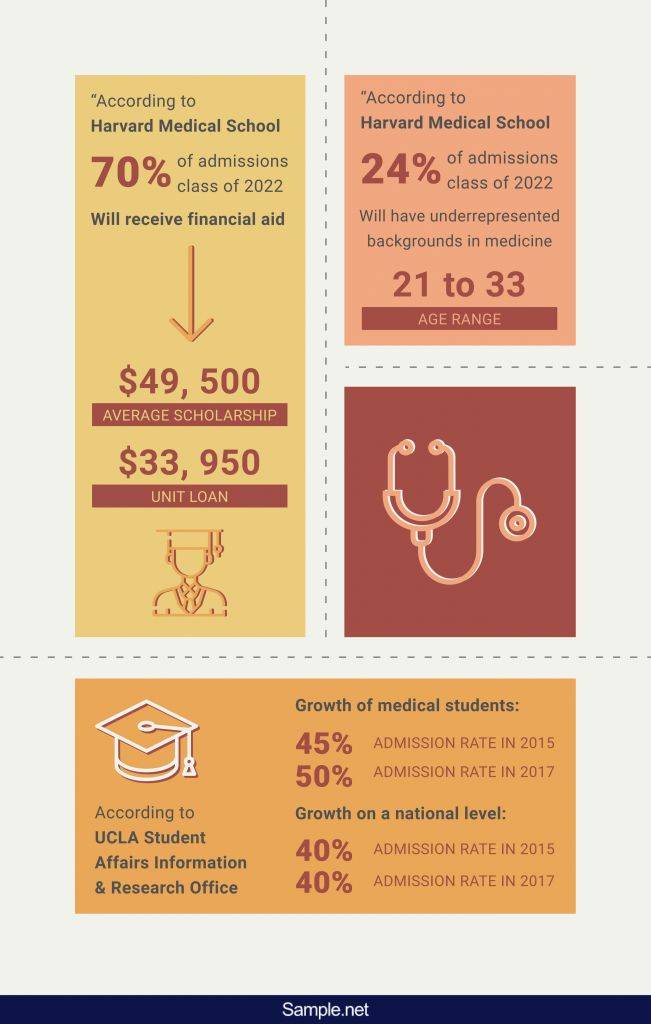
What Is a Medical School Letter of Recommendation?
A medical school letter of recommendation is the written document that is sent in by an applicant who wishes to take up a medical course at a particular school. This is often part of the official application process and more than one recommendation letter may be required, depending on the school. It is expected for admissions of any given medical school to be extremely competitive and these letters will lend further credibility for each potential student. Under normal circumstances, it can either be typed directly on the recommendation form or one can just print it separately and attach it once finished.
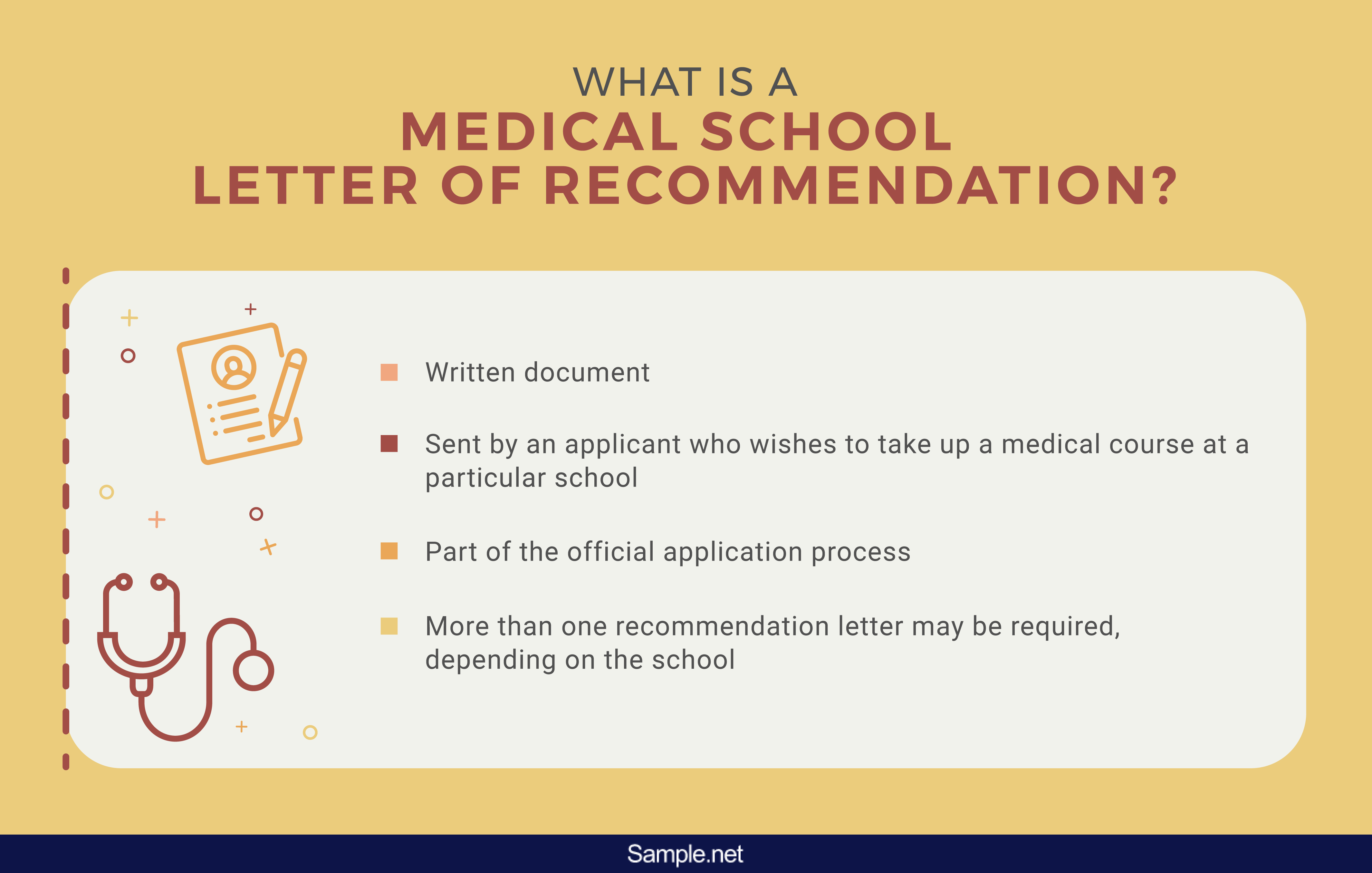
The Types of Recommendation Letters
There are three common types of recommendation letters that one can encounter. Even letters meant for medical school applications will fall into either one, so it pays to be able to know the difference between them. Look closely at each one and see what sets them apart and who is eligible to write them.
How to Write a Medical School Letter of Recommendation
If you have a former student or colleague approach you to write a recommendation letter on their behalf, then you owe it to him or her to put forth the best output possible. Those who have never written a recommendation letter before will want to check out the following step-by-step instructions. Doing so will ensure that the process goes by quicker, easier, and with better results compared to any trial-and-error methodology that you can adopt.
Step 1: Base the Layout on a Template or an Existing Recommendation Letter
The best way for you to come up with an appropriate letter layout would be to have something that can serve as a template. Your choices for this step is also quite broad: online resources like free templates are at your disposal, as long as you know where to look. In addition to that, if you can get your hands on a pre-existing letter of recommendation, then you ought to have no problem whatsoever with the layout from here on out.
Step 2: Be Specific with The Sender and Recipient Details.
One of the first things you need to take care of when it comes to writing a letter of recommendation would be the details of the sender (you) and the recipient (the medical school or its appropriate representative). On the upper-most right of the letter, write down your name, any title you may have, physical address, and email address. Below that, on the opposite side, write down the details of the medical school that the applicant is interested in. If there is an actual and specific person to send this to, then write all of the necessary details before starting the letter itself.
Step 3: The First Paragraph Should Introduce the Applicant
Take note that if there is no specific person in mind to serve as the letter’s recipient, you can start things off with ‘to whom it may concern’. Next comes the first paragraph where you will introduce the applicant whom you are about to recommend. Also, state who you are and how you are related to said applicant, i.e. former teacher, academic mentor, work supervisor, colleague, etc. This part does not have to be too extensive since it is only meant to serve as an introduction.
Step 4: Continue by Describing the Characteristics of The Applicant
The next paragraph should be focused on describing why you think the applicant you are writing for would make a great fit in medical school. Do so by providing examples of the appropriate attributes, like how hardworking or diligent the applicant is, or highlighting past experiences that indicate why the applicant would, in your honest opinion, make for an excellent medical professional in the near future. Be direct as you can be, but take note that your descriptions do not necessarily need to be too minimal.
Step 5: Continue by Mentioning any Academic, Professional, or Personal Achievements.
As the icing on the cake, you can continue the letter of recommendation by mentioning any achievements that the applicant may have to his or her name. This section does not have to be as detailed as the previous one. Instead, simply state what’s been accomplished by the applicant—be it academic in nature, professional, or personal. As long as it can relate to his or her entry into medical school, it will still count for something.
Step 6: Conclude with Your Direct Endorsement, Contact Details, and Closing Statements
The last paragraph should be created with your direct endorsement of the applicant, along with the sharing of your contact details in the event that follow-up questions prove necessary at some point. This can be done by providing either your personal phone number or even just your professional phone number since your email address is already provided at the beginning, in the sender’s details. From there, wrap things up with a classy concluding statement.
Step 7: Take Time to Re-read the Letter and Make Necessary Corrections
Before you consider the process to be completely finished, take some time away from the letter and come back to it later for proofreading purposes. Read it again from start to finish and see if there are areas that you can improve upon. Also, be on the lookout for any mistakes that you might have made—from spelling errors to any misinformation that you may have unintentionally written into the letter. Ensure that your letter is as accurate and well-written as possible before signing it and handing it over to the applicant for submission. You can prepare to receive a thank you letter from the applicant as well should things go as smoothly as expected.
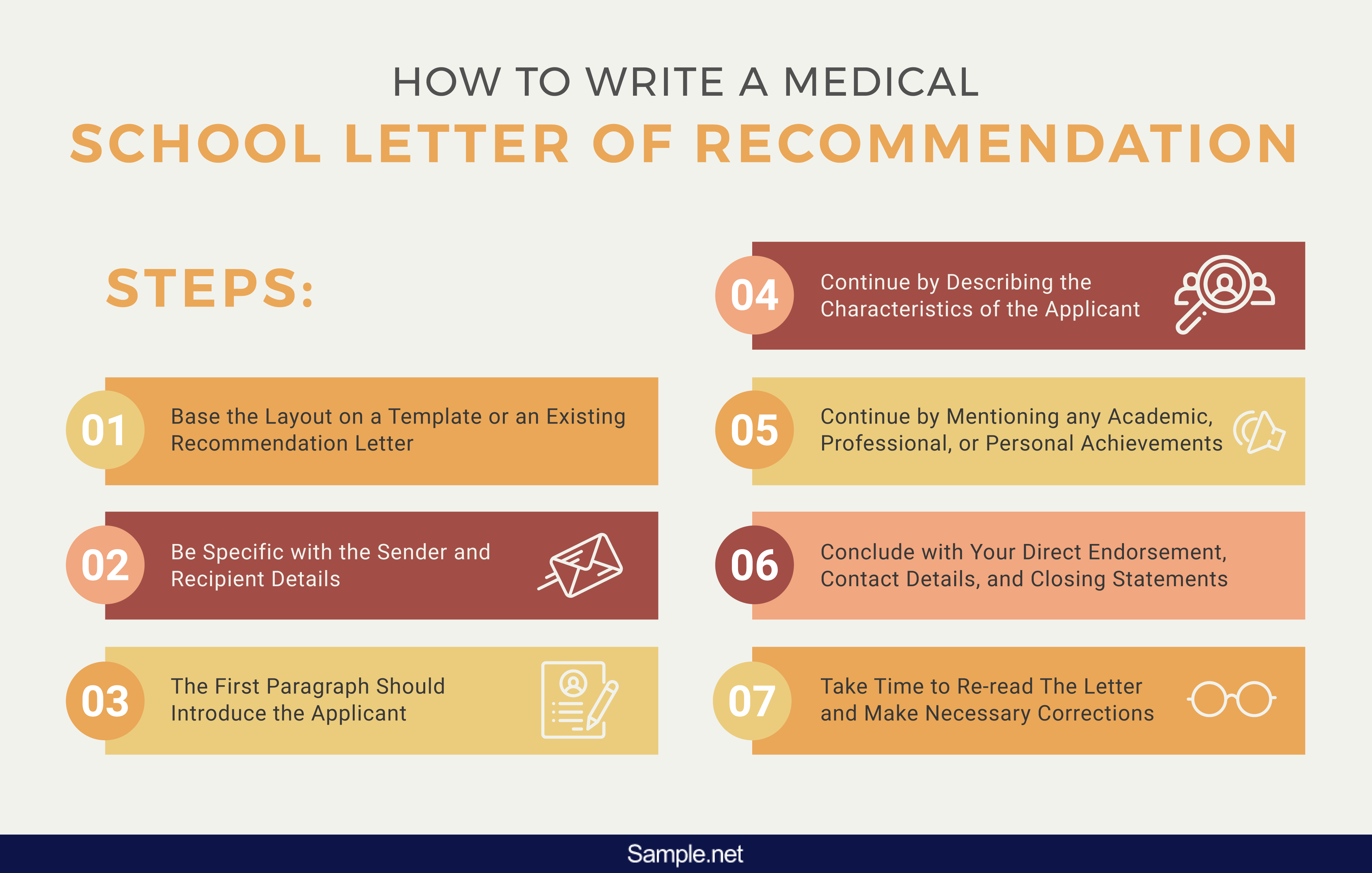
The Dos and Don’ts of a Medical School Letter of Recommendation
When writing a letter of recommendation on behalf of a medical school applicant, know that there will always be ways to improve the quality of your document. The following do’s and don’ts are guaranteed to help you with the endeavor, so take a close look at each one and see how it can enhance your letter writing experience.
Dos
Do discuss beforehand what specifics to include in the letter.
It is important to be on the same page with the applicant before you start writing the letter. Meet up beforehand and take time to discuss what is to be included in the letter. That is not to say that you should allow the applicant to dictate most or all of the letter, but it helps to know if there are specific things that he or she may want to highlight. During this discussion, it is also helpful to try and learn more about the applicant for the letter’s benefit.
Do utilize the ‘show, don’t tell’ mentality when writing.
It would be too easy to just say that the applicant is, for example, a hardworking and responsible individual. But it would make your letter of recommendation even more impactful if instead, you told a story that illustrates those character traits. Show the reader of the letter why the applicant is hardworking; don’t just say it. It is practically a guarantee that your document will become far less boring and more engaging if you apply this strategy.
Do focus more on character than achievements.
A big part of any letter of recommendation’s success is the fact that it informs its recipients about the characteristics of the person it is talking about. As important as it may be to know how many awards the applicant has won or what other accomplishments were earned before, it is the personal attributes that will dictate how the applicant will fare in future endeavors. Therefore, letter-writers need to consciously illustrate positive attributes more often than not.
Do ensure that the letter is neither too short nor too long.
The admissions committee of any medical school is bound to be swamped with letters on a daily basis. To ensure that your own recommendation letter has a greater chance of success, it is important to take its length into consideration. Writing one that is very long may not necessarily help your chances, especially if there is a lot of unrelated or irrelevant content within. On the other hand, as tempting as it may be to go as brief as possible, you also want to ensure that your letter includes enough quality content to aid the applicant with his or her medical school ambitions. In short, go neither too short nor too long.
Do encourage further questions.
In the last paragraph of the letter, it is advisable for the letter-writer to include his or her contact details for the benefit of the letter’s recipient. Doing so will show that the letter-writer is open to further communication in the event that follow-up questions become necessary. It will also help legitimize the letter-writer as a reference, showing the admissions committee that the source of the letter is trustworthy and useful for any background check that they themselves may want to engage in.
Don’ts
Do not lie in the recommendation letter.
Always state facts in any letter of recommendation that you write. There may be times when you get tempted to embellish certain things about the applicant, but that won’t be much help in the long run. Admission committees are bound to conduct their own background checks and should they find something contradictory to what’s been written on the letter, then that will not bode well for the applicant.
Do not shy away from criticism.
A letter of recommendation is meant to provide a medical school’s admission committee with a picture of how well a certain applicant can potentially do. However, that does not mean that there won’t be any room for some mild criticism. Paint a realistic picture of the applicant, which will include both the good and the bad if necessary. Do not go overboard with it though. After all, you do not want the negative aspects of the applicant to get in the way of his or her application. Instead, explain how the applicant’s weaknesses can be circumnavigated and how he or she can still do well in medical school despite that.
Do not generalize by age, race, gender, or any other similar categories.
When you write about a certain applicant, it is advisable to not make any generalization that could lead to discrimination down the line. Therefore, it is better not to emphasize the applicant’s age, gender, race, sexual orientation, or any other aspect of his or her personality. Focus purely on character and whatever relevant experiences or achievements that the applicant may have.
Do not go overboard with the applicant’s personal information.
It is worth noting that a letter of recommendation should not divulge too much of the applicant’s personal history and information. Doing so would be both unwise and unnecessary. As stated above, revealing information that is too personal can open up the possibility of discrimination. There is also the fact that the admission committee will simply not care about anything beyond a few crucial facts about the applicant. With that said, include only relevant information and keep anything personal about the applicant to a minimum.
Do not stick to just one draft.
As a professional, you are no doubt pressed for time and may be tempted to write a letter of recommendation as fast as you can just to get it out of the way. However, it is advisable to treat this like any other important document and come up with numerous drafts before settling on a final version. You can even discuss the initial drafts with the applicant requesting a recommendation letter in order for you to get a better feel of what the letter needs to contain. By accepting the request, you need to be professional about it and make time in your busy schedule for any necessary re-writing and editing that the letter may require.
As you can plainly see, there is a lot to consider when it comes to medical school letters of recommendation. It is a nuanced document that many end up overlooking, often to their detriment. Those who have been chosen to write one on behalf of another individual can now begin the endeavor in earnest following the knowledge that’s been shared in this article. For those who do not want to start from scratch or are in need of online resources, there are many available to you. By downloading medical school recommendation letter templates, you can take advantage of their easily editable and print-ready nature, so do not hesitate to get one today!
